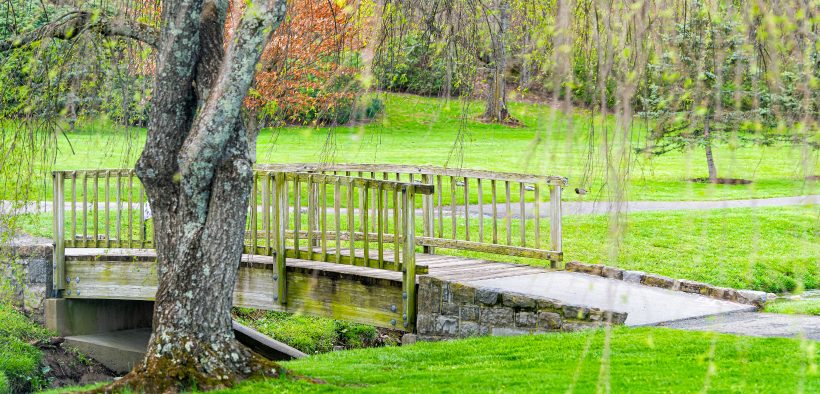Transitions are liminal spaces. We move through them from one place to another. In writing, transitions build bridges between paragraphs. They give readers a sense of where they’re headed. But in some transitions that space in between feels less like a bridge and more like a fog. You catch glimpses of where you’re going, but then there’s no sense of direction. Many of you may be feeling that way after a semester of unexpected transition.
Related Articles
I have two loves: teaching and learning. Although I love them for different reasons, I’ve been passionate about...
Active learning is a mostly meaningless educational buzzword. It’s a feel-good, intuitively popular term that indicates concern for...
Perhaps the earliest introduction a student has with a course is the syllabus as it’s generally the first...
Generative AI allows instructors to create interactive, self-directed review activities for their courses. The beauty of these activities...
I’ve often felt that a teacher’s life is suspended, Janus-like, between past experiences and future hopes; it’s only...
I teach first-year writing at a small liberal arts college, and on the first day of class, I...
Proponents of rubrics champion them as a means of ensuring consistency in grading, not only between students within...










One Response
A poignant reflection, Maryellen. I have always found it helpful to use Kübler-Ross’s Five Stages of Grief as a lens for understanding the process of transition: denial, anger, bargaining, depression, and acceptance. All transitions are a sort of “death” and more recently I have observed many teachers needing to work through the Five Stages as they adjust to the Covid19 restrictions.